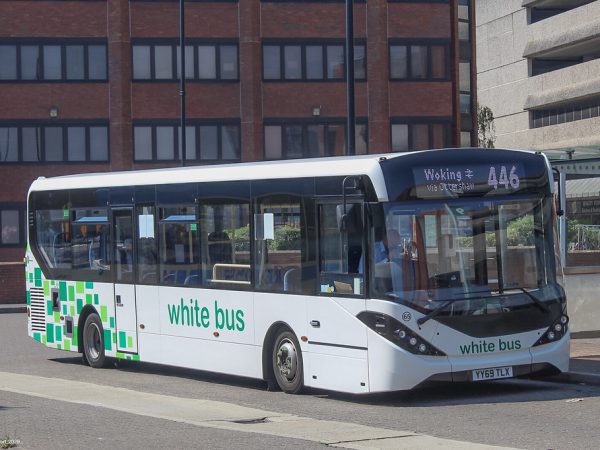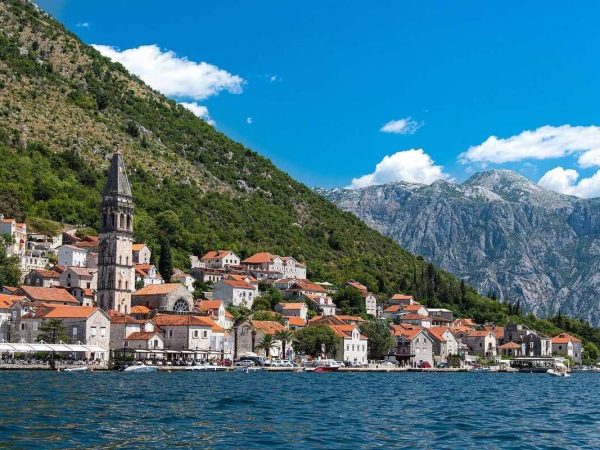Beyond Borders: Exploring the Heartbeat of Global Cities

In an increasingly interconnected world, the dynamics of urban life have transcended geographical boundaries, giving rise to the phenomenon of global cities. These metropolises serve as vibrant hubs of culture, economy, and innovation, attracting individuals from diverse backgrounds and nurturing a pulsating heartbeat that resonates far beyond their physical borders. This article delves into the essence of global cities, their unique characteristics, and the impact they have on our globalized society.
Defining Global Cities: Where Cultures Converge
Global cities, often referred to as world cities or alpha cities, hold a prominent position in the global hierarchy of urban centers. These cities go beyond merely being economic powerhouses; they encapsulate a blend of cultural, economic, and political significance that draws people from all corners of the globe. The term was first popularized by sociologist Saskia Sassen in her groundbreaking work “The Global City: New York, London, Tokyo,” published in 1991.
These cities exhibit several distinguishing features that set them apart. First and foremost, they are centers of economic activity, acting as magnets for international business and finance. New York, London, and Tokyo are quintessential examples of this phenomenon, hosting the headquarters of numerous multinational corporations and financial institutions. Their role as economic powerhouses fosters innovation and entrepreneurship, driving technological advancements and propelling global economic growth.
The Heartbeat of Global Cities: Connecting People and Ideas
At the core of global cities is a palpable heartbeat—a rhythm that symbolizes the ceaseless flow of ideas, knowledge, and innovation. This heartbeat is sustained by the interactions between individuals from various walks of life, each bringing their expertise, experiences, and aspirations to the urban tableau. One of the driving forces behind the heartbeat of global cities is the presence of world-class educational institutions and research centers. Cities like Boston, with its prestigious universities, or Paris, home to groundbreaking research, attract scholars and students from around the world. This influx of intellectual capital fosters a culture of continuous learning and exploration, propelling advancements in various fields and shaping the trajectory of human progress.
venues showcase a tapestry of human creativity, fostering a sense of identity and belonging among both residents and visitors. This cultural vitality contributes to the city’s allure, drawing individuals who seek not only economic opportunities but also a rich and fulfilling lifestyle.
Challenges and Opportunities: Navigating the Urban Landscape
While global cities offer immense opportunities, they also grapple with complex challenges. The very diversity that fuels innovation can lead to social disparities and cultural tensions. Gentrification, for instance, can displace local communities and erase the authenticity that makes a city unique. The rising cost of living and limited affordable housing further compound these issues, raising questions about the inclusivity and sustainability of global cities.
However, global cities also serve as laboratories for finding solutions to these challenges. Their concentration of resources and talent enables them to pioneer innovative urban planning, sustainable infrastructure, and inclusive policies. Initiatives promoting affordable housing, public transportation, and green spaces showcase how global cities can lead the way in creating equitable and environmentally friendly urban environments.
Conclusion
In the ever-evolving narrative of globalization, global cities stand as beacons of human achievement and collaboration. Their vibrant tapestries of culture, economy, and innovation transcend borders, creating a heartbeat that resonates with the aspirations of people worldwide. The continuous exchange of ideas, the pursuit of excellence, and the celebration of diversity define the essence of these metropolises, shaping the course of history and paving the way for a more interconnected and dynamic future.
FAQs
1. What are some examples of global cities?
Global cities encompass a diverse range of metropolises across continents. Some notable examples include New York, London, Tokyo, Paris, Singapore, Hong Kong, Los Angeles, and Sydney. These cities serve as centers of commerce, culture, and innovation, influencing global trends and playing pivotal roles in various industries.
2. How do global cities contribute to cultural enrichment?
Global cities are melting pots of cultures, languages, and traditions. The diverse communities that converge within these urban landscapes contribute to a rich tapestry of cultural experiences. This is reflected in the art, music, cuisine, and fashion that emerge from these cities, influencing global cultural trends and fostering a sense of cross-cultural understanding and appreciation.
Read More: London’s Timeless Beauty: Exploring Iconic Landmarks and Historic Charm











